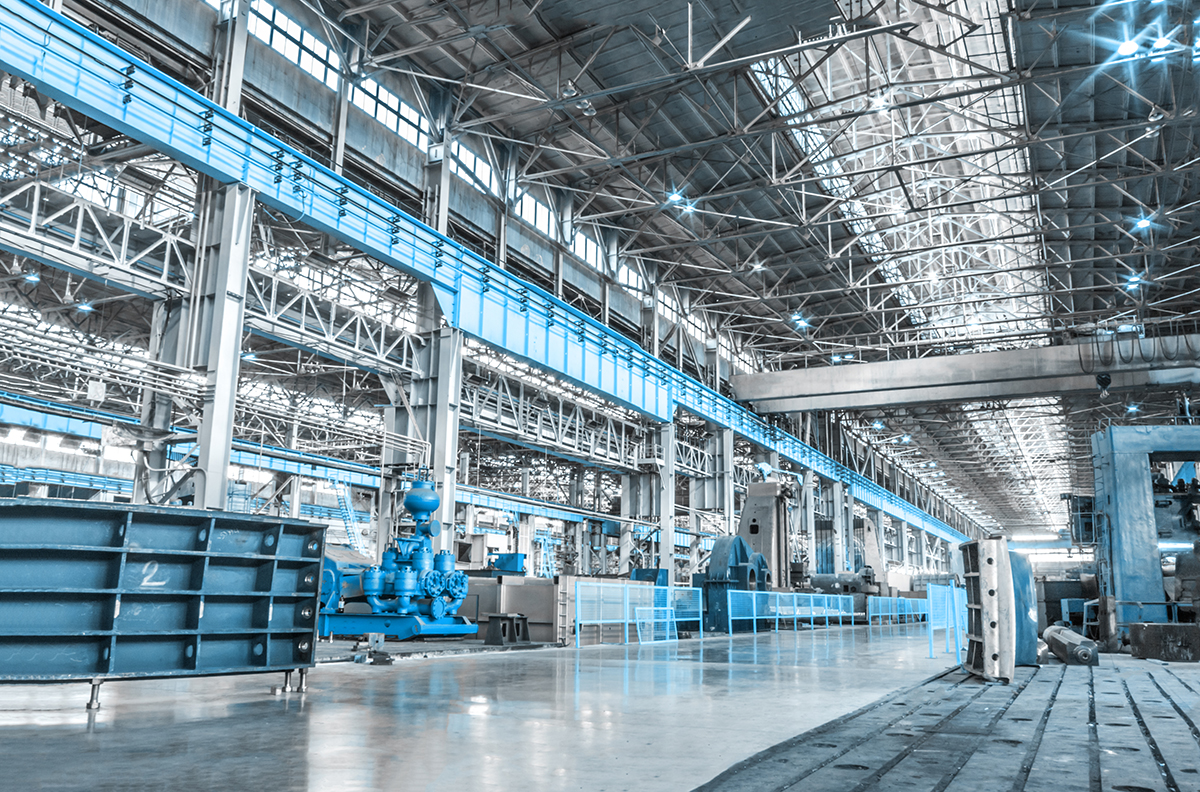
Industries are isolated spaces and require a very calculated lighting setup which accommodates the high end tasks which are relative to industrial spaces. These spaces have no external or natural source of light and require powerful lighting setup which keeps the place illuminated round the clock.
It is essential to have a lighting setup to facilitate the workers and provide safety and visibility to carry out heavy industrial tasks. Meanwhile, it is important that these fixtures are energy efficient and cost effective as a powerful lighting setup sucks up a lot of money.
For that very reason light manufacturers have introduced energy efficient light fixtures for industries and similar spaces known as high bay lights
What are high bay lights?

High bay light fixtures are for high ceiling areas. They are powerful light fixtures which are for indoor spaces with ceiling height above 25 feet and reaching around 50 feet. These fixtures are expected to provide illumination round the clock which is highly dependent on the integrity of the fixture.
High bay lights are available in two major designs:
Linear high bays
They are rectangular, available in 4 -8 foot large fixtures and lumen output ranging from 10000 to 100000 lumens. The housing is safety rated against dirt moisture and other environmental factors.
Round/UFO high bays
They are smaller, circular and have a very effective function in somewhat crowded spaces. The hook present at the top of the fixture allows them to suspend from any height.
They are powerful and have a built-in heatsink which keeps the fixture cool and functional. Both of them have a superior function and are effective when installed in the right place. For that very reason it is essential to consider a few tips prior to the installation.
Here are a few lighting layout tips for industrial spaces as ending up with the wrong fixture ends with a lot of damage
1. Consider the layout
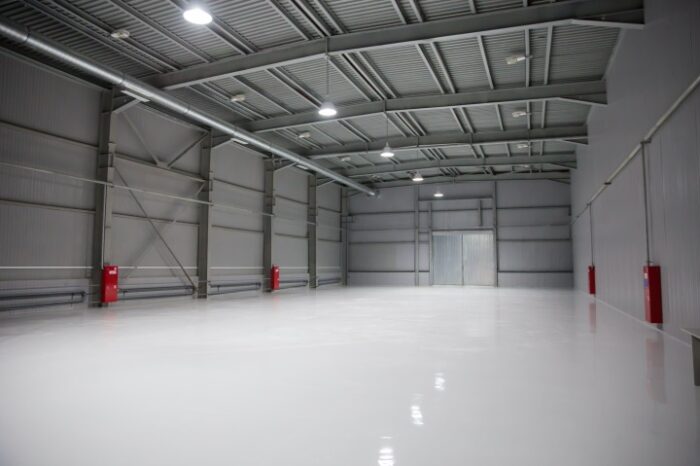
dfliq.net
For any industry or warehouse the first requirement is having a proper layout of the place. It helps in determining a few parameters such as:
- Area of the industry
- Ceiling height
These two parameters are essential as they help in concluding:
- Lumen requirement of the area
- Lumen requirement per fixture
- Number of fixtures to fulfill the lumen requirement
- Placement of each fixture ( spacing and elevation Level)
2. Invest in LED integrated fixtures
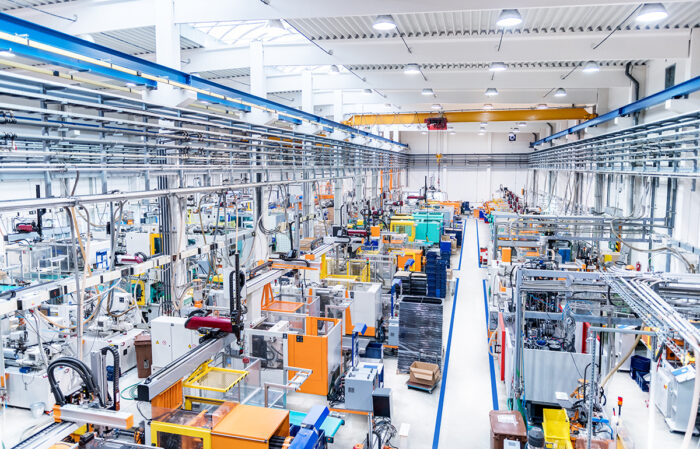
manufacturer.lighting
Traditional high bay lights which use HID or HPS lamps have been quite inefficient as per statistics. LED lamps on the other hand are quite advanced and have transformed the lighting conditions in several ways. HID or HPS lamps are brighter but ineffective when it comes to top notch performance as per the requirement of the area. They are quick to heat up, contain harmful chemicals and have delayed start up time.
Moreover, they are known to be accident prone and have shorter life spans which results in higher replacement costs every year.
LED lamps on the other hands have a higher lumen output of 10000 to up to 100000 lumens. The linear fixtures are for bigger spaces while the round fixtures are suitable in storage or open areas. To learn more about how LED lighting can facilitate your industry, check this link.
3. Hire a lighting contractor
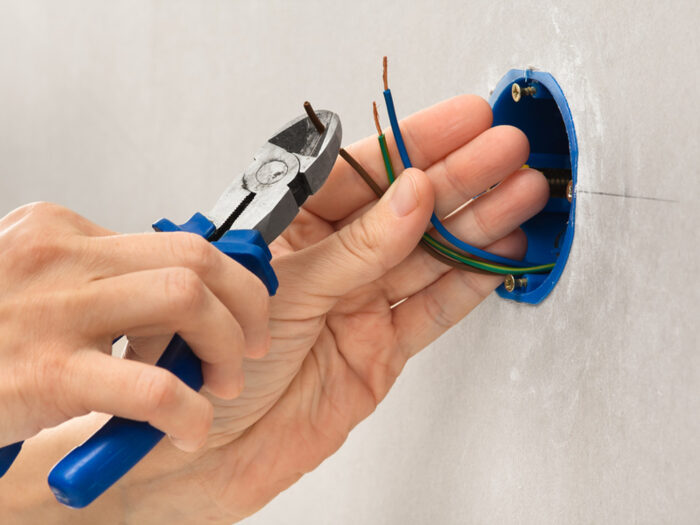
An industrial space is nothing like a home setup which is largely dependent on personal preferences. Therefore it is essential to hire a lighting contractor who can compute an effective layout for the industry. Industries are multi-purpose spaces and therefore the general lighting pattern differs in open areas than those which have heavy machinery.
Overall the division is essential and it helps selecting a layout which is unobstructive, ambient and promotes health and productivity of the people working in that area. A lighting contractor can also help in getting effective products at discounted rates from the market and knows where exactly a certain fixture will perform best.
Advantages of LED lighting
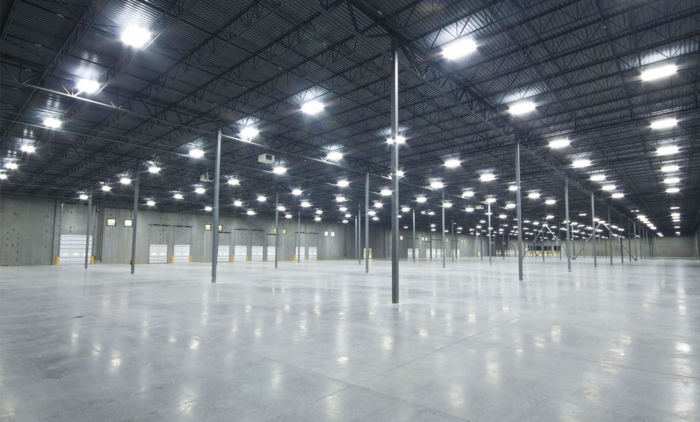
LED lighting is largely effective in industries for following reasons:
1. Cost effective

They are cost effective as one LED light fixture can last up to 11 years without malfunctioning while with traditional lamps the maintenance issue is repetitive and quite costly due to labour and cost of lamps.
Moreover, due to higher lumen output these lights can cover a larger surface area with effective illumination; in turn decreasing the amount of fixtures required in a specific space.
2. Energy efficient
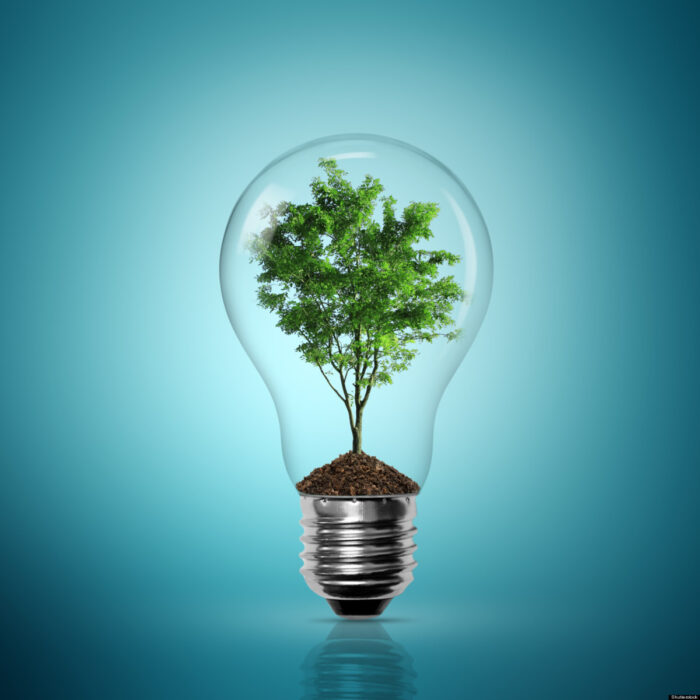
LED fixtures consume very little power and produce more light. Therefore they require lesser wattage to produce higher lumens. A 100W LED bulb can produce more lumens than a 100W halogen lamp which decreases the load on electricity consumption and saves a lot of energy. These fixtures are also dimmable and support different sensors which facilitates modern day requirements of any space.
3. Uniform and directional lighting

LEDs provide uniform lighting. They do not create bright or dark spots and have adjustable beam angles. Unlike fluorescent lamps which have a 360 degree angle of dispersion these lamps have 60 – 120 or above degree beam angles.
This majorly helps in focusing light on the point of illumination and helps set up the adequate elevation level for the fixture. In this way, no amount of light is dispersed in the surrounding and a lot of energy is preserved.
High bays are largely downlights but with the help of reflectors it is easier to direct them exactly where brighter light is needed.
4. Eco- friendly
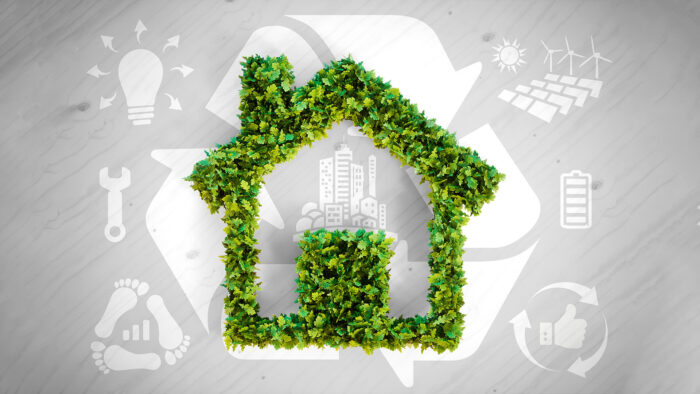
build-review.com
With recent developments people are now more aware of sustainability and environment friendly technology. For this very reason, light manufacturers have introduced LED lighting which works on renewable energy mechanisms. These lights do not contain any chemicals like mercury which are dangerous to dispose or recycle.
LED lamps do not produce or interact with UV rays and produce glare free lighting, they operate on green lighting technology and reduce the health issues related with traditional lighting systems like headaches, migraines, buzzing sounds and either too bright or too dim light with irregular pattern.
Conclusion:
For a larger setup some effective measurements must be the foremost priority and therefore choosing the sustainable options assist with improving the overall ambience and function of the place.
A good lighting setup followed by an effective choice of lamps lasts for several years and reduces the energy consumption costs while also helping with generating revenue.














